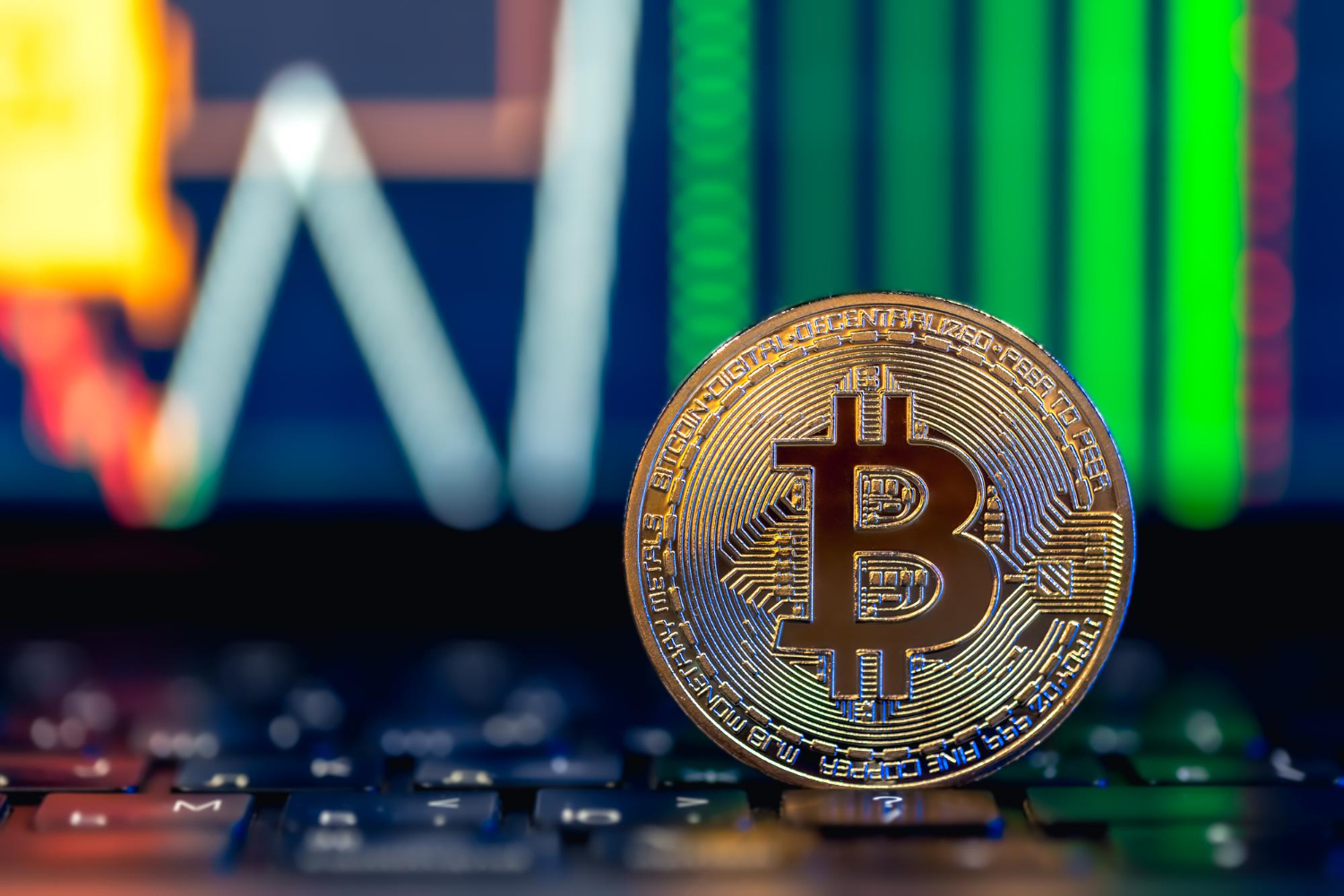While mingling at Ed Slott’s Elite IRA Advisor Conference this week, an intrigued gentleman asked me to explain the difference between hiking and climbing. He seemed satisfied with the simple truth that hiking becomes climbing when special tools are required to give the mountaineer a technical advantage to safely ascend otherwise dangerous terrain. This seems to me a good analogy to express the vast difference between tax management, or the rote minimization of taxes every year, which resembles hiking, and tax planning, which involves the use of special tools to minimize lifetime taxes, or even taxes over multiple generations to complement a family’s multigenerational wealth-building efforts, which better resembles climbing. I’d like to peel a layer or two from this onion in an attempt to convince you that tax planning far exceeds tax management in both purpose and effect.
Tax preparation is the simple task of preparing a tax return to be filed, and in our analogy equates to packing the kit for a hike (but does not actually involve hiking or climbing). Many of you have expressed frustration in how seldom your CPA goes beyond preparing your return to offer useful tax counsel. I believe the issue is sufficient to warrant offering such a professional the ultimatum due to the excessive hidden cost of their non-participation. That said, mere tax management may actually be a costly copout masquerading as thinking or wisdom. The vast majority of the financial plans I construct indicate future RMDs will alone push the IRA holder into a higher tax bracket by mid-retirement, which doesn’t even account for the possibility of a future income tax hike! Do you think tax rates might increase when the printing press is removed from the central bank, an event history suggests may be a certainty? How about our unfunded social programs, interest on the national debt and yearly deficits, might these present a need for higher government revenues in your lifetime, or if you are a multigenerational wealth-builder, the lifetimes of your children?
There are important reasons why families that are successful at building and retaining wealth multi-generationally appropriate significant energy and investment towards advanced tax planning, and here are some of the beneficial strategies they utilize:
-
Health Savings Accounts offer the most beneficial tax treatment in the U.S., providing the money is used to cover eligible future medical expenses, combining the tax deductibility of contributions offered by the Traditional IRA with the tax-deferred growth and tax free withdrawals of the Roth IRA.
-
Roth IRAs funded by after-tax contributions, conversions from non-deductible Traditional IRAs (Back Door Roth), or Strategic Roth Conversions during low-bracket years, which offer tax deferred growth and tax-free withdrawals for the lifetime of the account owner (once the 5-year rule is satisfied) AND for 10 additional years for non-eligible designated beneficiaries.
-
Qualified Charitable Distributions (starting at age 701/2) allow for tax-free withdrawals from Traditional IRAs when paid directly to a 501(c)(3) charitable organization, reducing future RMDs which can otherwise push an account holder into a higher bracket and increase both Medicare surcharges and taxes on Social Security payments.
-
Net Unrealized Appreciation (NUA) allows the highly appreciated company stock held in a 401(k) to be taxed as a capital gain instead of as income. Speak with a professional and do not attempt to process this yourself.
-
Section 327 allows surviving spouses to elect to be treated as the deceased employee for the purpose of RMDs, which can meaningfully reduce mandatory taxable distributions.
-
Timing the downsizing of a primary residence around appreciation approaching the capital gain exemption limit ($250,000 for individuals and $500,000 for married couples who co-own and cohabit a home) resets the clock on capital gain exemptions.
-
1031 and 721 tax-free real estate exchanges defer capital gains taxes on highly appreciated real estate investment properties, and in cases where the account holder dies still owning the UP-REIT, can eradicate them to the next generation due to the step-up in basis.
These are but some of the ways savvy tax planning can reduce the burden of taxes on a family, yet sufficient evidence suggesting the benefits of tax planning far exceed mere tax management. God bless your efforts towards stewardship, Shaun.
“A wise man leaves an inheritance to his children’s children.” ~Proverbs 13:22
The opinions voiced in this material are general and are not intended to provide specific recommendations. The economic forecasts set forth in this commentary may not develop as predicted. Diversification of portfolio holdings does not necessarily protect against loss or guarantee returns.










